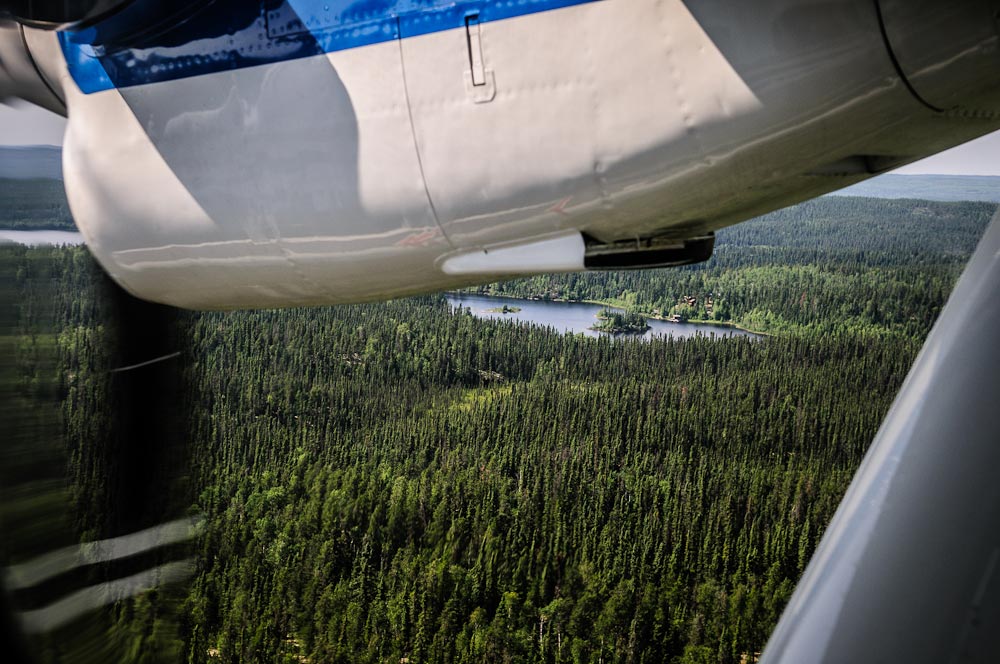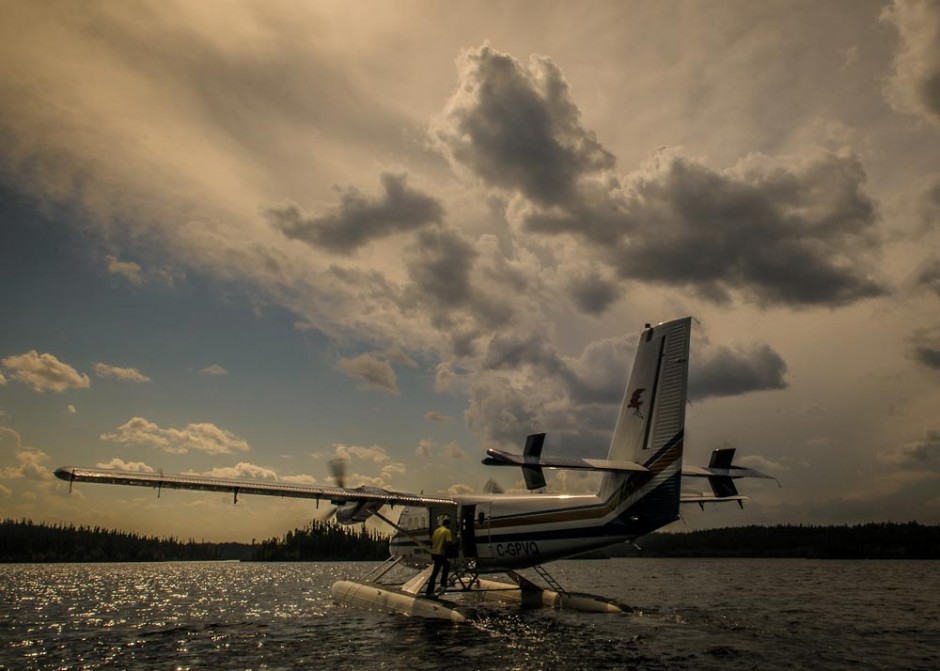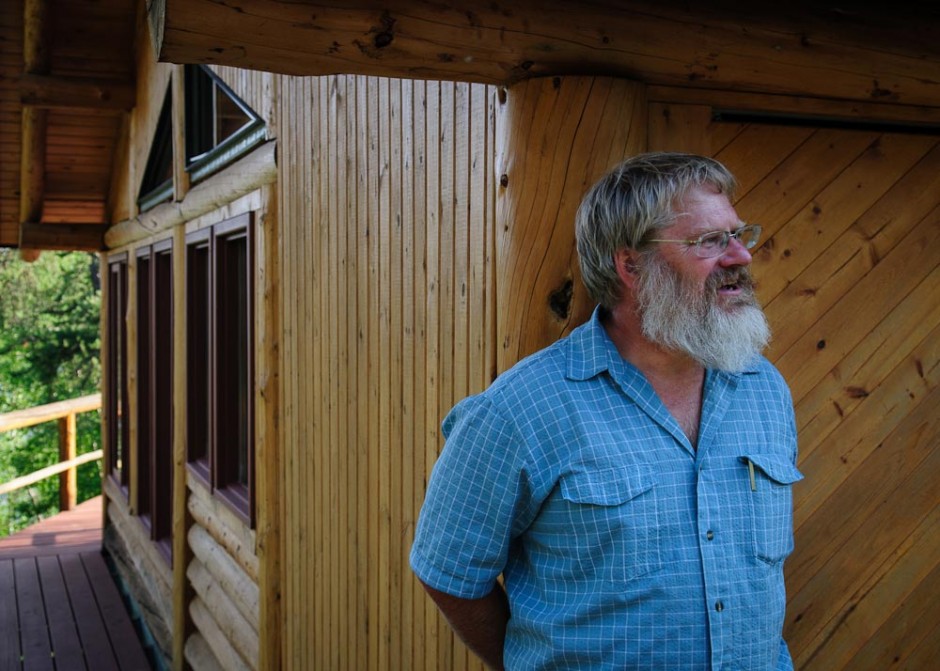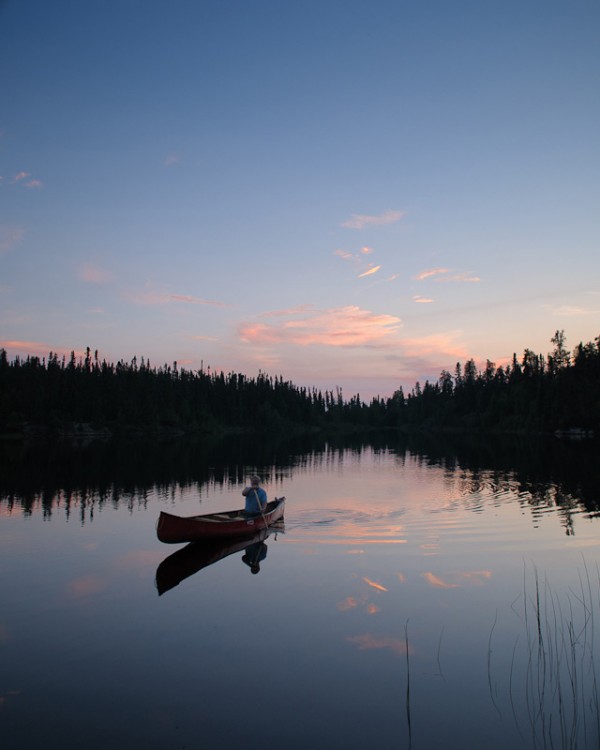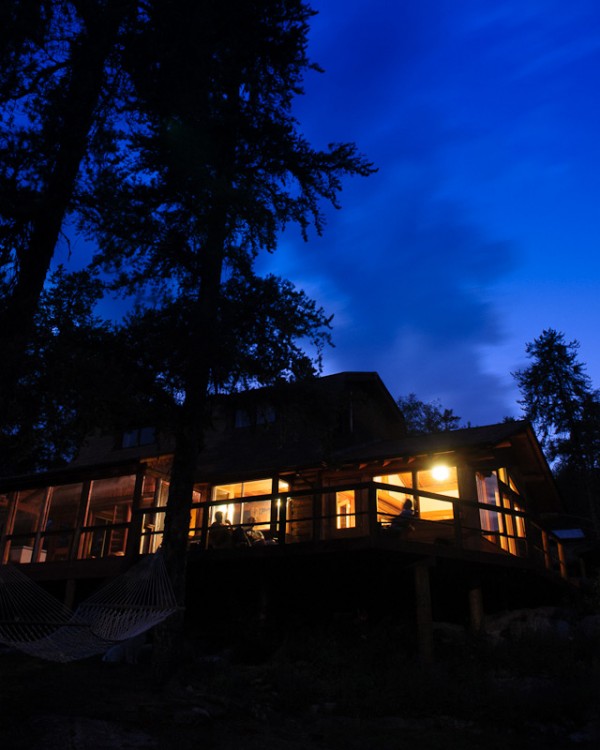FLOATPLANES ARE DIFFERENT than commercial airliners. Instead of checked luggage, our pilot asked if we needed to strap any canoes to the pontoons, and he didn’t care if we carried filet knives and fish bonkers on board.
Once inside, it took 30 seconds for the co-pilot to unmoor the boat, scramble in, point out the emergency exits and floatation devices, and jump into his seat. In place of well-planned flight routes, high-tech GPS navigation, and Air Traffic Control spouting directions, our co-pilot traced our route on a creased map stuck under his sun visor.
